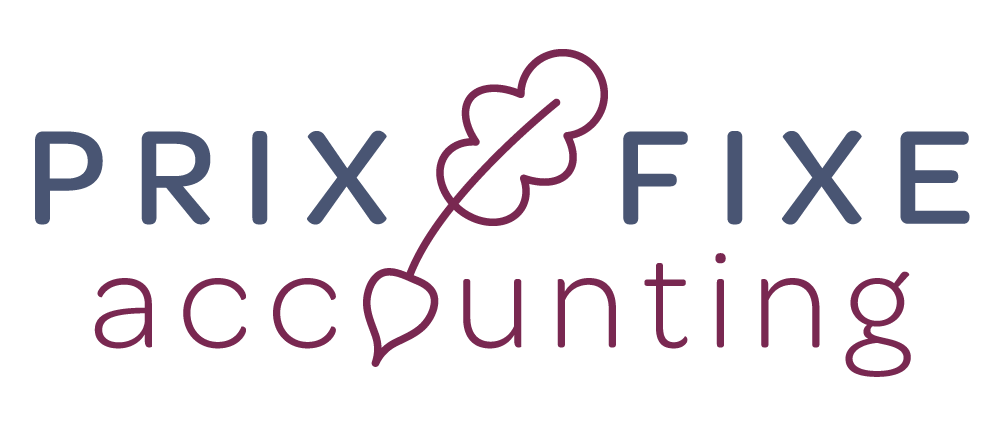How to Use Technology & POS Data to Improve Restaurant Profit Margins
In the dining industry, technology isn’t just a convenience — it’s a core driver of profitability. A well-chosen restaurant POS system, paired with clear data insights and smart integrations, gives owners and operators a complete picture of performance. With the right systems in place, you can identify hidden inefficiencies, reduce waste, and uncover opportunities that directly improve profit margins. At Prix Fixe Accounting, we’ve seen firsthand how aligning technology with financial processes transforms restaurant operations.
Why technology matters for margins
Margins in restaurants are notoriously tight, often squeezed by food costs, labor, and overhead. By leveraging technology, you gain real-time visibility across these areas, automate time-consuming tasks, and make decisions rooted in hard data rather than guesswork. A POS doesn’t just ring up sales — it tracks inventory, prep times, and customer preferences. With proper analysis, this data highlights waste, uncovers underperforming menu items, and guides changes that raise profitability without compromising quality.
What POS data reveals
A modern POS system collects powerful data, such as:
Menu item performance (popularity vs. profit)
Time-based demand (peak hours, seasonal trends)
Food costs at the item level
Sales per labor hour and staff productivity
Shrinkage and waste by ingredient
Inventory turnover rates
Understanding these figures helps you make strategic adjustments. For example, reducing portions on high-waste dishes, eliminating slow-moving items, or adjusting pricing based on margins.
Menu engineering with data-driven insights
Menu engineering is one of the most effective applications of POS insights. By reviewing monthly reports, you can:
Promote high-margin performers
Adjust or rework low-margin but popular items
Create bundles that raise average check size
Simplify SKUs to cut down on complexity and waste
Even small recipe tweaks or controlled price adjustments can deliver measurable results. Tracking these changes over 2–4 weeks ensures decisions are guided by actual performance data, not guesswork.
Inventory management and shrink prevention through tech
Food waste and poor stock control are common profit killers. Technology helps you:
Track inventory in real time
Automate reordering based on par levels
Monitor shelf life and FIFO practices
Analyze waste patterns by dish or station
For clients using our restaurant bookkeeping services, we often integrate POS data with inventory costs, giving a full picture of how waste affects the bottom line. Armed with this insight, you can renegotiate with suppliers, tighten prep procedures, or rework recipes to minimize losses.
Labor optimization with smart scheduling and analytics
Labor is one of the largest controllable expenses. Smart scheduling tools integrated with POS data allow you to align staffing levels with forecasted demand. Monitoring productivity metrics like sales per labor hour helps you identify overstaffing, idle time, or training gaps. Cross-training employees based on data trends also adds flexibility and keeps payroll costs in line without sacrificing service quality.
Customer experience data as a margin lever
Profitability isn’t just about cutting costs — it’s about creating value that keeps guests coming back. POS data helps identify upsell opportunities, design targeted promotions, and monitor speed of service. When customers feel understood and valued, they’re more likely to spend more and return frequently, turning efficiency into loyalty-driven growth.
Building your tech and accounting stack
The best results come when your POS integrates seamlessly with inventory, labor, and financial reporting. Linking these systems through professional restaurant management consulting ensures that insights don’t sit in silos. At Prix Fixe Accounting, we help clients establish the right reporting cadence (weekly, monthly, quarterly) and connect POS analytics directly to financial statements, making it easier to track progress against margin goals.
Final thoughts: Turning data into margin improvements
Technology is only as powerful as the actions you take with it. By pairing your POS system with disciplined processes and ongoing financial oversight, you can uncover real opportunities to improve profit margins. Whether it’s through menu adjustments, inventory control, or labor optimization, the key is consistency.
As a trusted partner offering bookkeeping services for restaurants, Prix Fixe Accounting helps owners translate raw data into clear financial strategies. With the right systems, support, and mindset, restaurants can strengthen profitability while continuing to deliver the quality and service their guests love.

